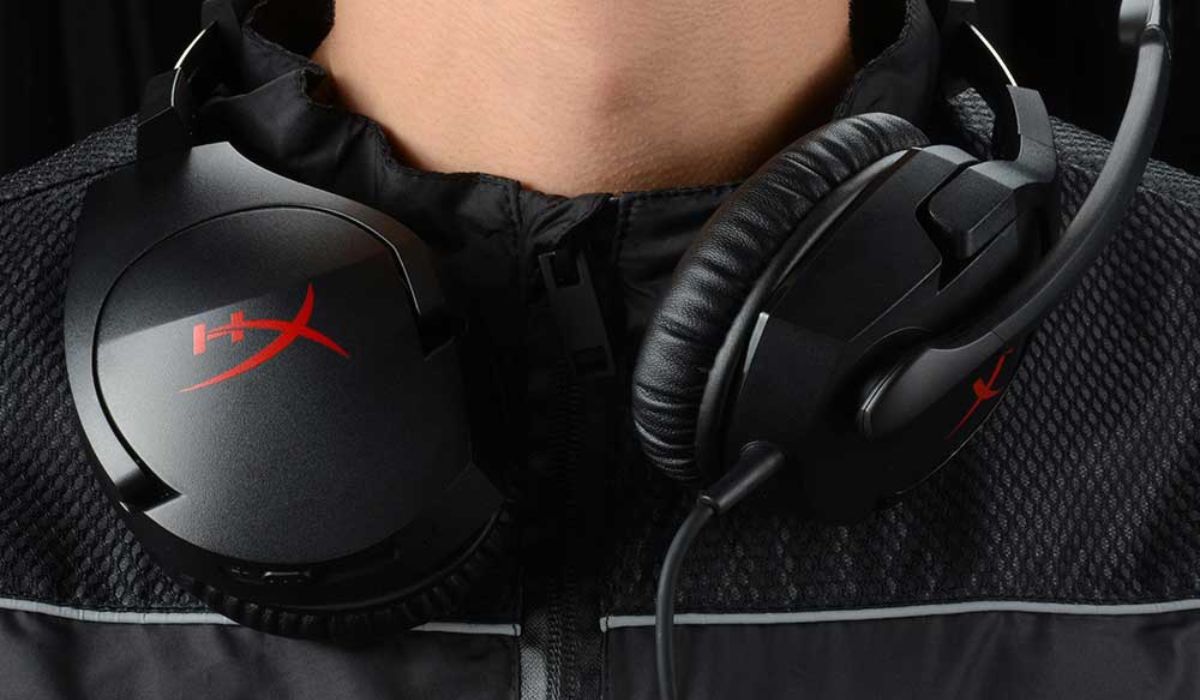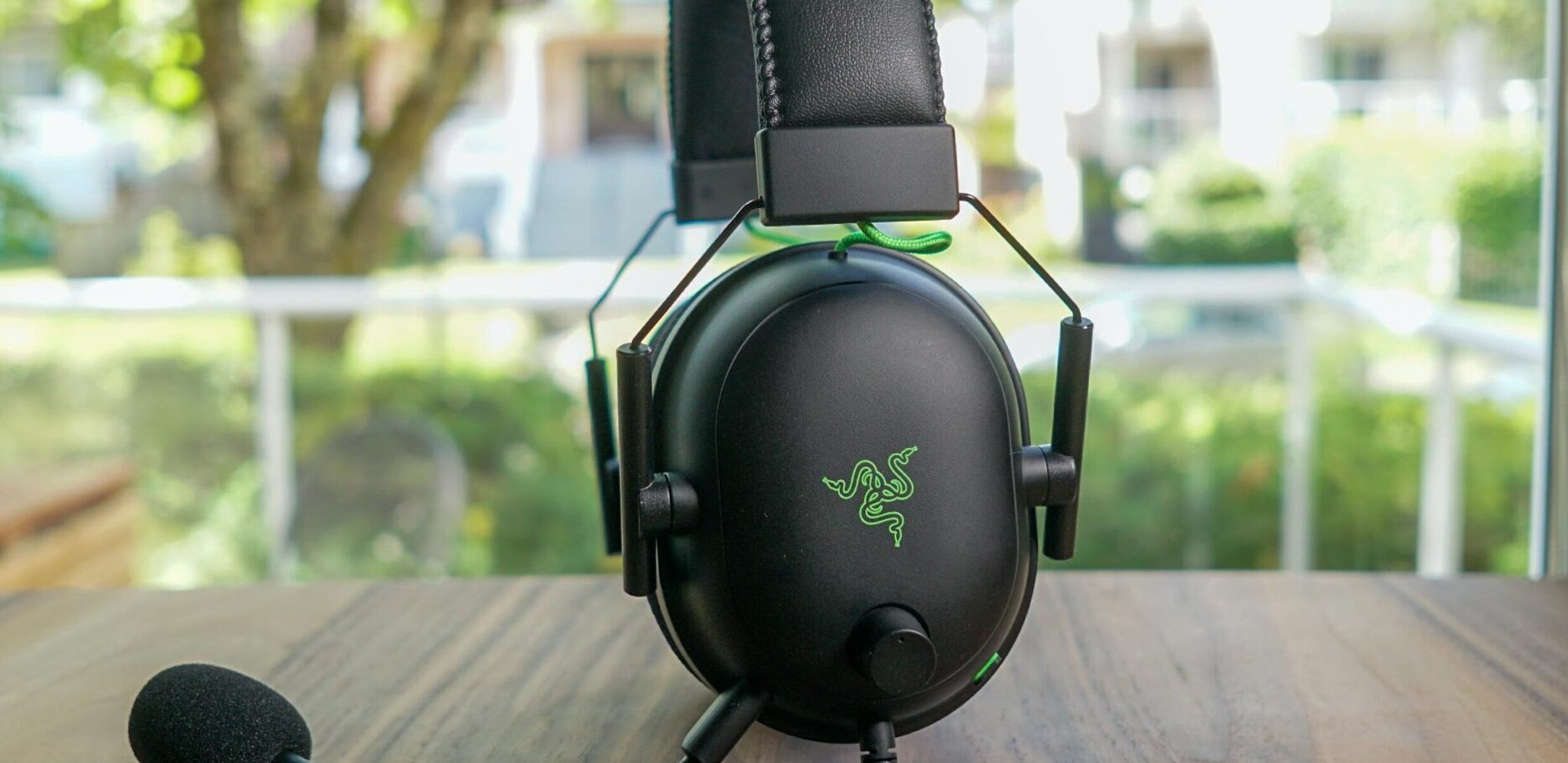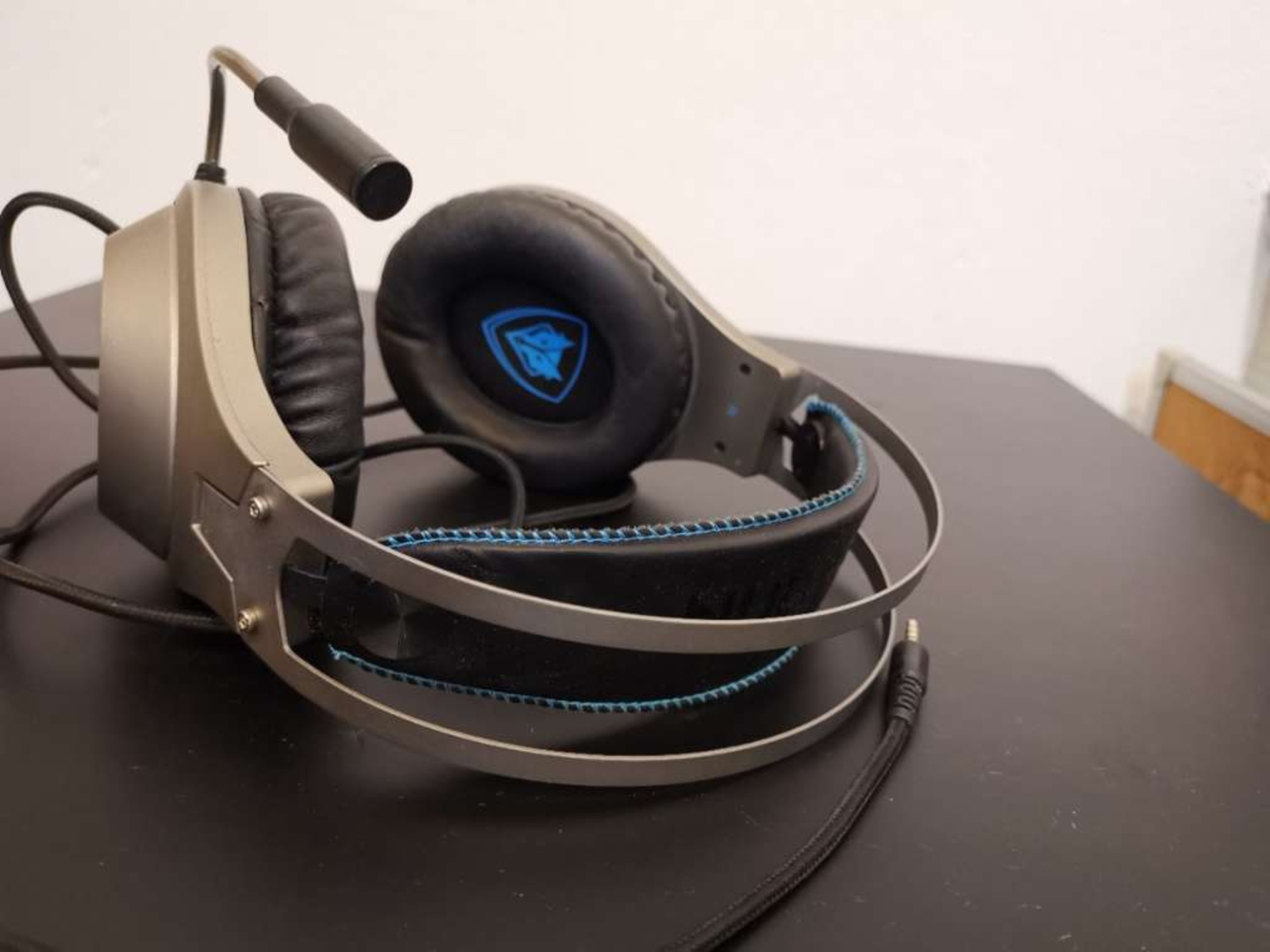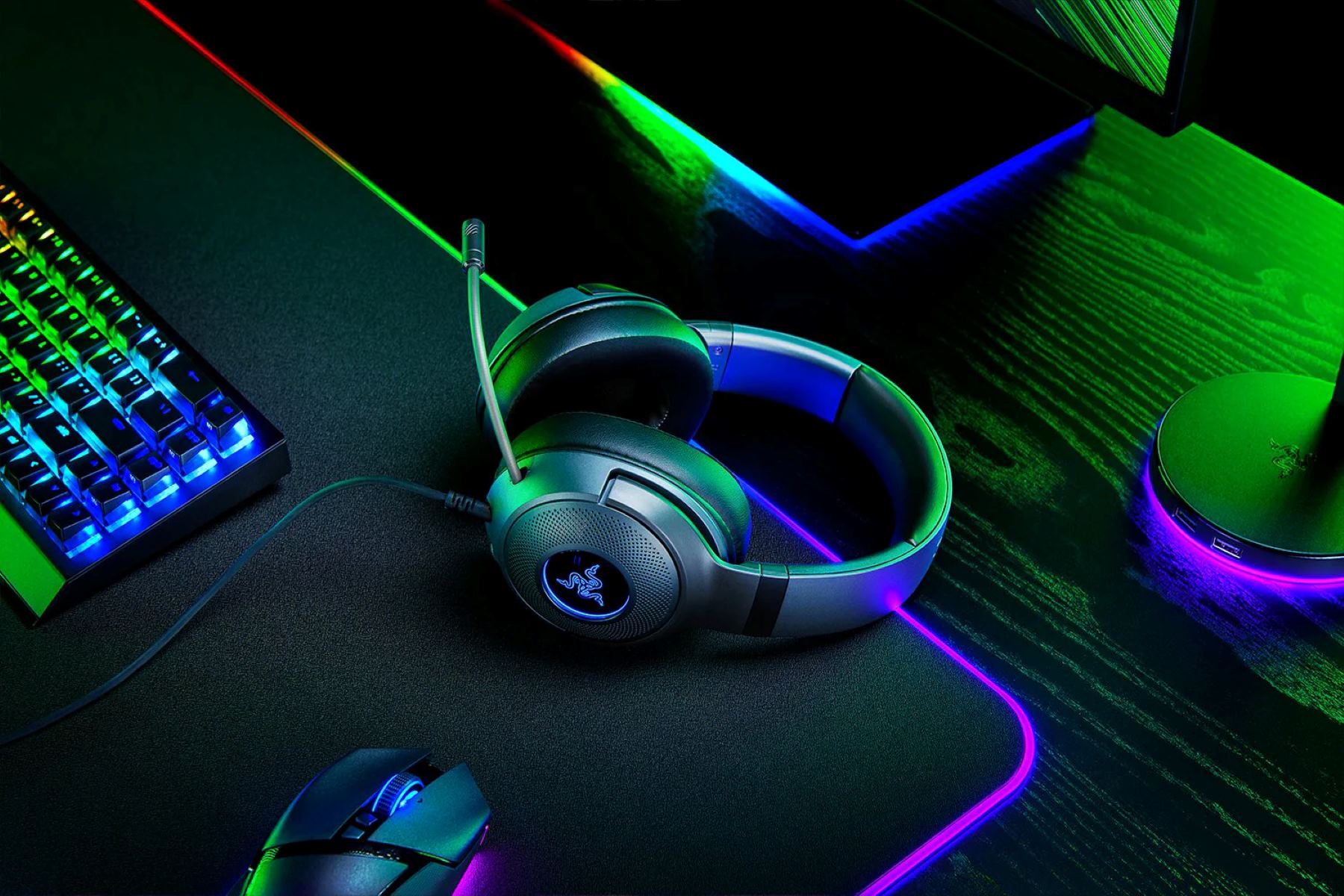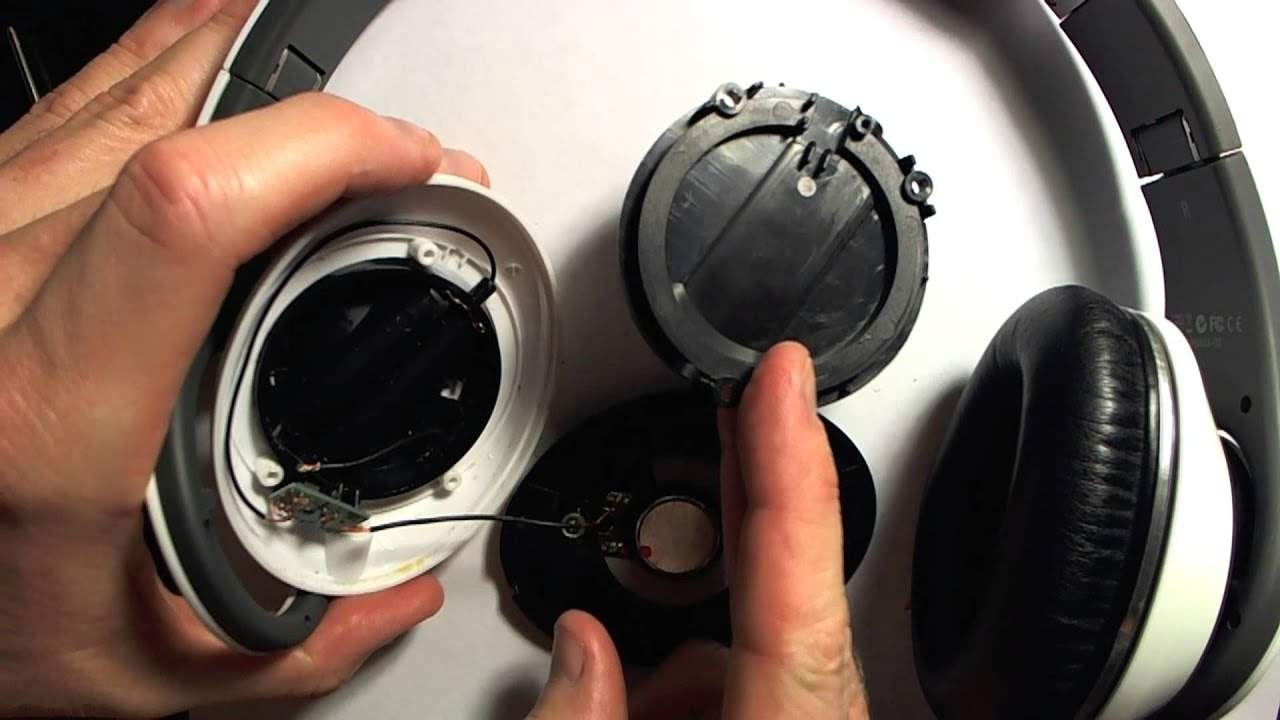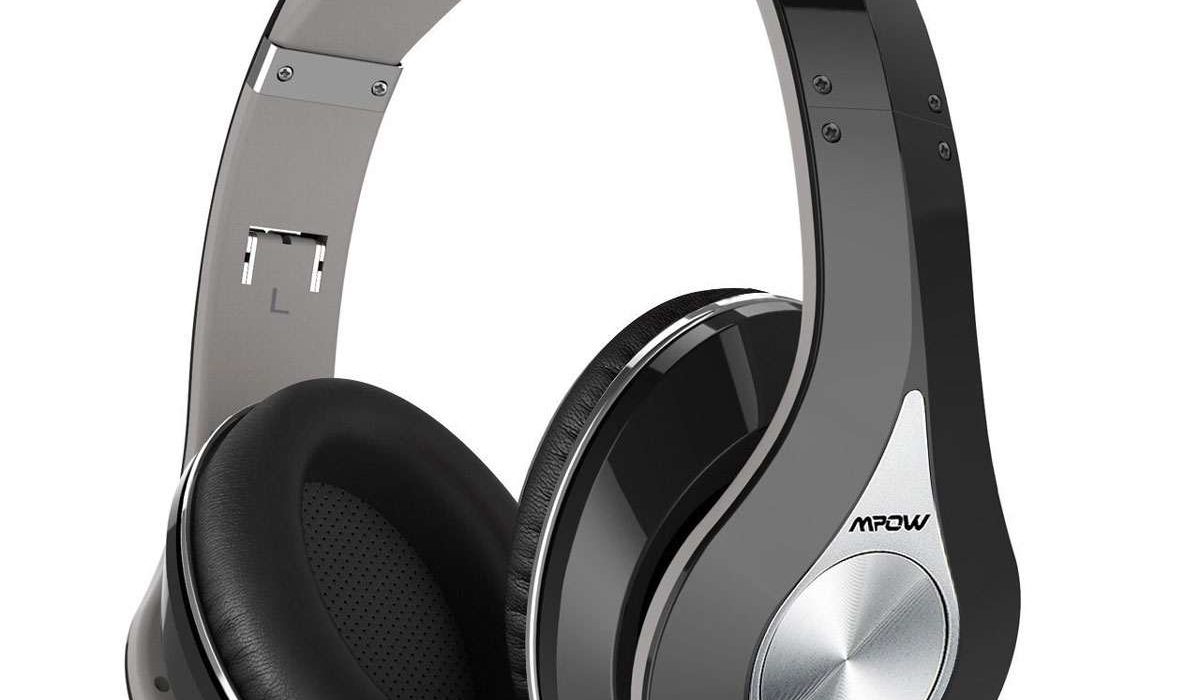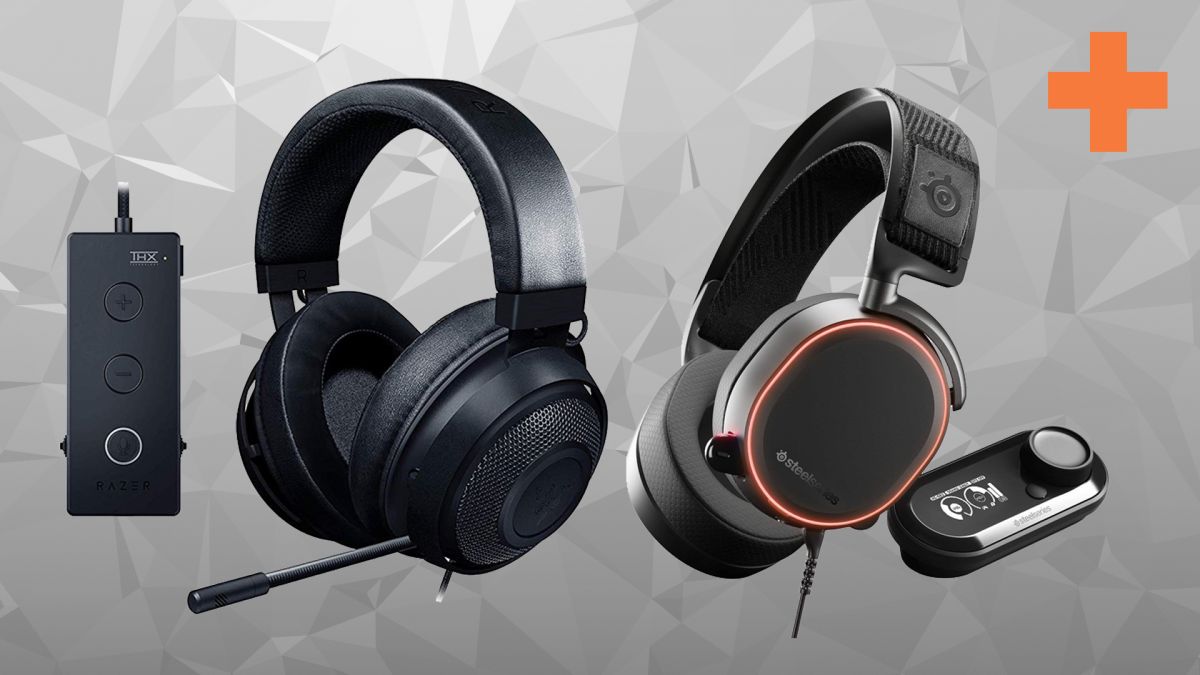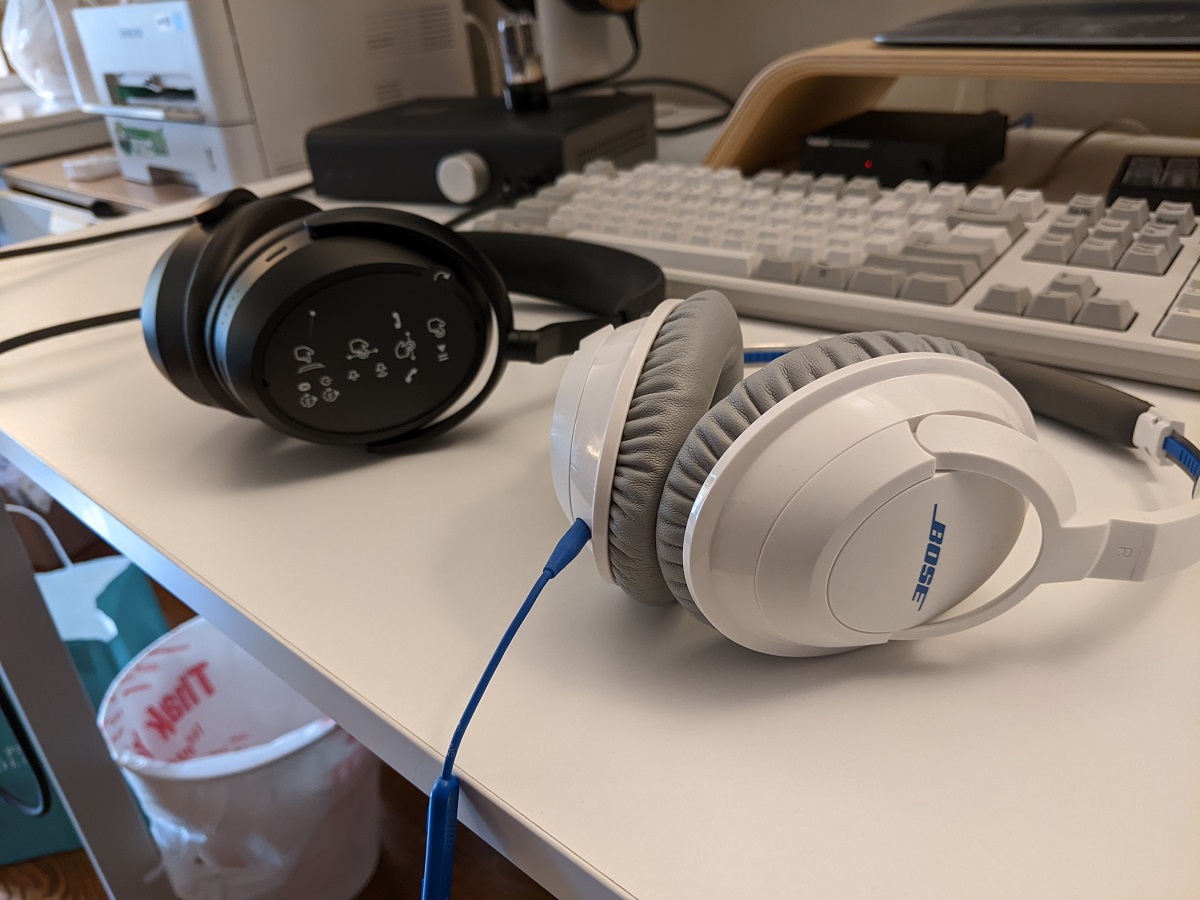Introduction
Introduction
Are you experiencing sound issues with your gaming headset, where the audio only plays from one side? This common problem can be frustrating, especially when you're immersed in your favorite game or trying to communicate with teammates. However, before you consider replacing your headset, there are several troubleshooting steps you can take to potentially resolve this issue. By following these simple techniques, you may be able to restore the balanced, high-quality sound to your gaming experience.
When addressing sound imbalances in gaming headsets, it's essential to approach the troubleshooting process systematically. By ruling out potential causes and implementing targeted solutions, you can increase the likelihood of identifying and resolving the issue. From checking the audio source to updating audio drivers, each step plays a crucial role in diagnosing and rectifying the problem. Whether you're a seasoned gamer or new to the world of gaming headsets, these troubleshooting methods are designed to be accessible and effective for all users.
Throughout this guide, we will explore various strategies to address sound imbalances in gaming headsets. By following these steps, you can potentially save time and money by resolving the issue without the need for professional assistance or a replacement headset. Let's dive into the troubleshooting process and get your gaming headset back to delivering immersive, high-fidelity sound from both sides.
Check the Audio Source
When encountering sound issues with your gaming headset, the first step is to inspect the audio source to ensure that the problem does not originate from the device or platform you are using. Begin by checking the audio output on your gaming device, whether it’s a computer, gaming console, or mobile device. Verify that the audio settings are configured correctly and that the output is balanced. Some platforms offer audio balance settings that may have been inadvertently adjusted, resulting in sound playing predominantly from one side of the headset.
Furthermore, if you are using an audio interface or sound card, examine the connections and settings to confirm that they are functioning as intended. Loose or damaged connections can lead to sound imbalances, so it’s crucial to inspect and secure all audio cables and connectors. Additionally, if your gaming headset features a detachable or replaceable audio cable, consider testing the headset with an alternative cable to rule out potential cable-related issues.
Another aspect to consider is the audio source itself. If you are using a specific application or game, ensure that the sound settings within the software are configured appropriately. Some applications may have unique audio configurations that can impact the sound output, so reviewing the settings within the application or game can help identify any potential discrepancies.
By thoroughly examining the audio source and its associated settings, you can effectively eliminate potential external factors that may be contributing to the sound imbalance in your gaming headset. This initial troubleshooting step lays the foundation for further investigation, allowing you to focus on the headset and its connections with greater confidence.
Clean the Headphone Jack
Over time, the headphone jack of your gaming headset may accumulate dust, debris, or oxidation, leading to connectivity issues and sound imbalances. Cleaning the headphone jack is a simple yet effective troubleshooting step that can potentially restore balanced audio output to your headset.
Before cleaning the headphone jack, it’s essential to ensure that the gaming device is powered off, and the headset is disconnected to prevent any potential damage during the cleaning process. To clean the headphone jack, you can use a small, soft-bristled brush, such as a clean toothbrush or a specialized electronics cleaning brush. Gently insert the brush into the headphone jack and carefully remove any visible debris or dust. Avoid using excessive force or sharp objects that may damage the internal components of the jack.
In addition to a brush, compressed air can be used to dislodge stubborn debris from the headphone jack. By directing short bursts of compressed air into the jack, you can effectively remove finer particles that may be obstructing the connection. It’s important to hold the gaming device and headset in a stable position while using compressed air to prevent debris from being pushed further into the jack.
For more thorough cleaning, isopropyl alcohol and a cotton swab can be utilized to gently clean the inside of the headphone jack. Dampen the tip of the cotton swab with a small amount of isopropyl alcohol and carefully swab the interior of the jack to remove any residual contaminants. Allow the headphone jack to dry completely before reconnecting the headset.
By cleaning the headphone jack of your gaming headset, you can potentially address connectivity issues and restore balanced audio output. This simple maintenance task can contribute to the overall performance and longevity of your headset, ensuring that you continue to enjoy immersive sound quality during gaming sessions.
Adjust the Balance Settings
When facing sound imbalances in your gaming headset, adjusting the balance settings on your gaming device or computer can serve as a valuable troubleshooting step. Balance settings control the distribution of audio between the left and right channels, and incorrect configurations can result in sound predominantly playing from one side of the headset.
To access the balance settings on a Windows computer, navigate to the “Sound” or “Audio” settings through the control panel or system preferences. Within the sound settings, locate the audio balance slider, which allows you to adjust the volume balance between the left and right channels. Ensure that the slider is centered or adjusted according to your preference to achieve balanced audio output through your gaming headset.
On gaming consoles such as PlayStation or Xbox, balance settings can often be found within the audio or accessibility settings. Similarly, these platforms provide the option to customize the audio balance to suit your preferences and address any sound imbalances experienced through the headset.
For users on mobile devices, the accessibility settings or sound settings menu may feature options to adjust the audio balance. By exploring the device’s settings, you can fine-tune the audio distribution to ensure that sound is evenly presented through both sides of your gaming headset.
After adjusting the balance settings, it’s recommended to test the audio output by playing a sample track or engaging in a gaming session to evaluate the effectiveness of the adjustment. By actively monitoring the sound output, you can determine whether the balance settings have successfully rectified the previous sound imbalance issue.
By proactively adjusting the balance settings on your gaming device, you can potentially mitigate sound imbalances within your headset, enhancing the overall audio experience during gaming and multimedia consumption.
Test the Headset on Another Device
When encountering sound issues with a gaming headset, it is beneficial to test the headset on an alternative device to isolate the source of the problem. By connecting the headset to a different gaming device, computer, or mobile device, you can assess whether the sound imbalance persists across multiple platforms or if it is specific to the original device.
Begin by disconnecting the gaming headset from the current device and connecting it to an alternative device with compatible audio ports. Once connected, play audio content, such as music or a gaming session, to evaluate the sound output. By testing the headset on another device, you can determine whether the issue is device-specific or if it persists regardless of the platform.
If the sound imbalance persists when using the headset on a different device, it suggests that the issue may be related to the headset itself. In such cases, further troubleshooting steps, such as inspecting the headset’s audio connections and drivers, may be necessary to address the underlying problem.
Conversely, if the sound imbalance is not present when using the headset on an alternative device, it indicates that the original device may be the source of the issue. In such instances, reviewing the audio settings and connections on the original device becomes crucial to identify and rectify the sound imbalance.
Testing the headset on another device serves as a valuable diagnostic step, providing insights into the nature of the sound imbalance and guiding subsequent troubleshooting actions. By gathering information on the headset’s performance across different devices, you can make informed decisions regarding potential solutions and further troubleshooting measures.
Ultimately, testing the gaming headset on another device enables you to assess the scope of the sound imbalance issue and determine whether it is influenced by the specific device in use. This systematic approach aids in identifying the root cause of the problem and facilitates targeted efforts to restore balanced sound output through the headset.
Update Audio Drivers
Outdated or corrupted audio drivers can contribute to sound imbalances and other audio-related issues in gaming headsets. Therefore, updating the audio drivers on your computer or gaming device is a crucial troubleshooting step to address potential driver-related issues.
To update audio drivers on a Windows computer, you can access the Device Manager and locate the audio device under the “Sound, video, and game controllers” section. Right-click on the audio device and select “Update driver.” Windows will then search for the latest driver software online and install it if an update is available. Alternatively, you can visit the manufacturer’s website to download and install the latest audio drivers compatible with your operating system.
On macOS, updating audio drivers often coincides with system updates. By installing the latest macOS updates, you can ensure that the audio drivers are up to date, potentially resolving sound imbalances and enhancing overall audio performance.
For gaming consoles, such as PlayStation and Xbox, system updates often include audio driver updates that can address sound-related issues. Ensure that your console’s firmware is up to date to benefit from the latest audio driver improvements.
In addition to updating system-level audio drivers, gaming headset manufacturers may release firmware updates specific to their products. Visiting the manufacturer’s website or using proprietary software provided by the headset manufacturer can facilitate the installation of firmware updates for the headset, addressing potential audio-related issues and optimizing performance.
After updating the audio drivers and firmware, it is advisable to test the gaming headset to determine whether the sound imbalance has been resolved. Playing audio content and engaging in gaming sessions can provide insights into the effectiveness of the driver updates in rectifying the audio-related issues.
By proactively updating audio drivers and firmware, you can potentially mitigate sound imbalances and ensure optimal audio performance from your gaming headset. This troubleshooting step aligns with best practices for maintaining system and device integrity, contributing to an enhanced audio experience during gaming and multimedia consumption.
Contact Customer Support
If you have exhausted the aforementioned troubleshooting steps and are still experiencing sound imbalances in your gaming headset, reaching out to the manufacturer’s customer support can provide valuable assistance and guidance. Customer support teams are equipped to address technical issues and provide tailored solutions to resolve headset-related issues.
Before contacting customer support, ensure that you have relevant information readily available, such as the headset model, purchase details, and a comprehensive description of the sound imbalance issue. This information can expedite the troubleshooting process and enable the customer support team to offer targeted assistance.
When engaging with customer support, be prepared to follow their instructions for further diagnostic steps or potential firmware updates specific to your gaming headset. Customer support representatives may provide detailed troubleshooting procedures or recommend specific actions to address the sound imbalance based on the headset’s design and features.
It is important to maintain clear and open communication with the customer support team, articulating the steps you have already taken to troubleshoot the issue. This transparency can prevent redundant troubleshooting and enable the support team to focus on identifying potential root causes and effective solutions.
Additionally, customer support may facilitate the initiation of a warranty claim or provide information on repair or replacement options if the sound imbalance issue is determined to be a hardware-related fault. Understanding the warranty coverage and potential resolutions offered by the manufacturer can guide your decision-making process regarding the next steps to address the headset’s sound imbalance.
By leveraging the expertise and resources of the manufacturer’s customer support, you can access specialized assistance tailored to your gaming headset and its specific technical intricacies. This collaborative approach aims to diagnose and resolve the sound imbalance issue effectively, ensuring that you can continue to enjoy immersive and balanced audio during gaming and multimedia experiences.







